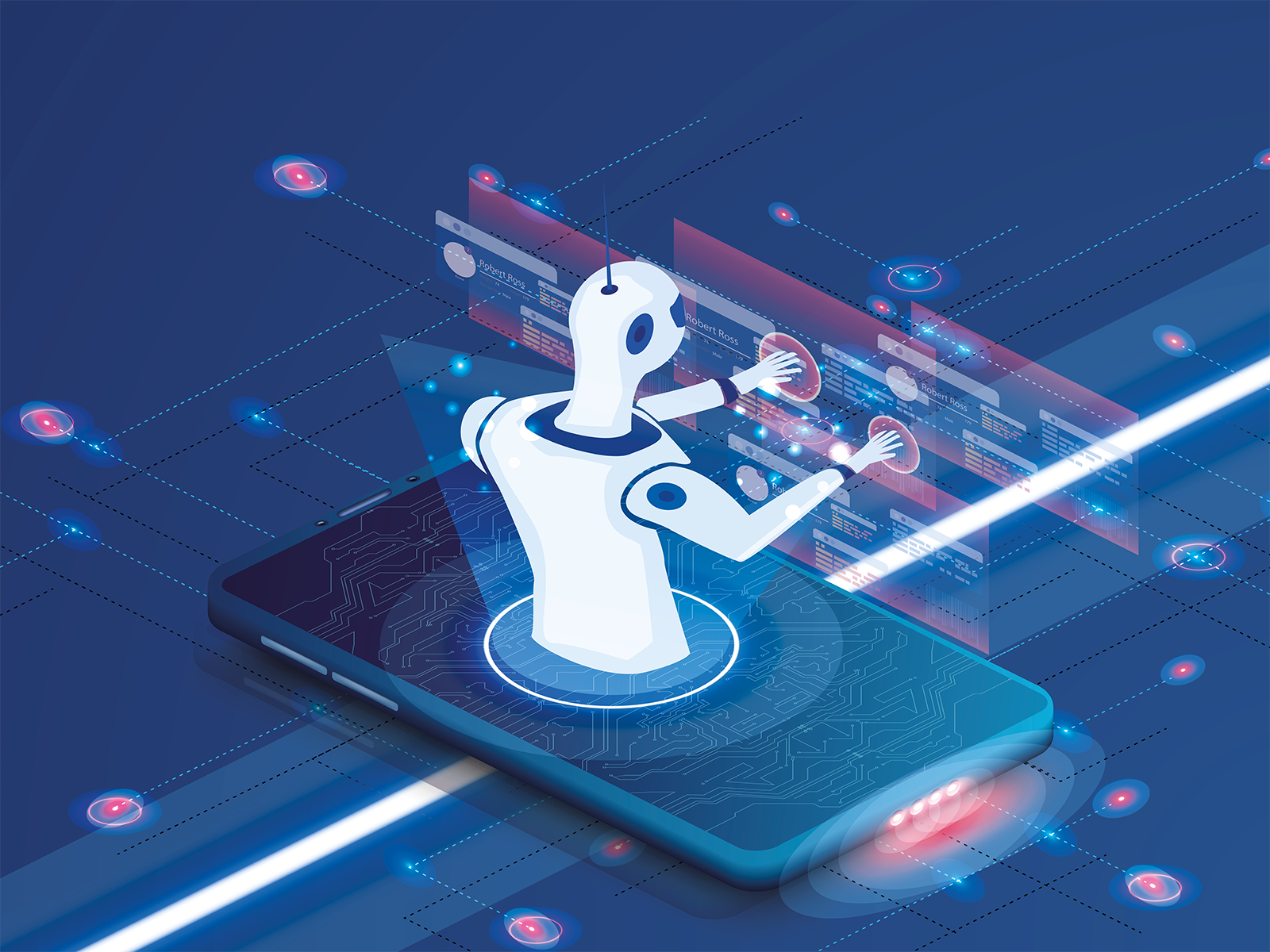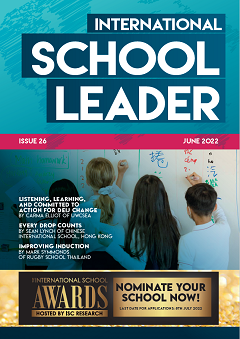By Sunny Thakral
Sunny Thakral was identified as one of the international education influencers of 2022 in the ISC Research Edruptors white paper for sharing edtech advice and insights on social media. Sunny shares his experience of working with artificial intelligence in the classroom.
Artificial Intelligence (AI) tools like ChatGPT have recently captured the world’s imagination. There is talk about banning them in schools and universities because of their potential for misuse, and yet at the same time embracing the opportunities that they offer educators and pupils.
This article explores the use of AI tools in schools and shares some of the ways we at Brighton College Bangkok have started to envision AI in the classroom, along with providing examples of how teachers can integrate it into their classrooms.
An AI school vision
Our vision for AI is three-fold. First, as a tool that reduces teacher workload. Second, as an assistant to personalise the learning experience for our pupils. And third, as a mechanism to help our pupils experience navigating a future where AI tools will coexist with humans. Can pupils leverage these tools to solidify learning concepts, solve problems and perhaps even create new knowledge?
Along with ChatGPT, we use Education Copilot as a key tool in our experimental approach to AI in the classroom. We currently don’t focus on the myriad of other AI tools that are either content- or curriculum-driven. In our context, these tend to have a limited impact and require a considerable amount of classroom or personal time to be truly effective.
“We are on the cusp of an AI revolution. Its impact on how we educate and learn will be profound.”
Personalised learning
In some of our exam classes, ChatGPT is being used as a personalised assistant to pupils. They can actively interact with it during the lesson, gaining instant access to information and resources. Free writing is encouraged, leading to more in-class writing time and more writing coaching opportunities. Automatic assessment of draft work is happening, and more time is allocated to developing an understanding of framing relevant questions, which establishes a better grasp of the source material, rather than simply putting their thoughts on paper alone.
Comparisons of personal writing and AI-framed grammatically correct writing also allow a deeper understanding of improving work. When pupils ask questions and further follow-up questions to ChatGPT (e.g., why is a semicolon used or suggested in this line? If you create the following code using a count-controlled loop rather than a pre-condition loop, how efficient does this make the code?), those who initially struggle with key lesson concepts now show greater engagement and understanding. The cognitive load is significantly reduced. We are using data to triangulate this, to move beyond the anecdotal evidence stage, and hope to share it with the broader education community soon.
Using these tools frees the teacher to focus on supporting individuals, personalising the lesson further based on their abilities. Of course, there is a potential for plagiarism; however, as suggested by Barry Gilmore in his book Plagiarism, reasons to plagiarise, such as external pressures, cultural expectations and pupil confusion, are systemic. Most schools and teachers will have processes to address these.
Contextual understanding
The final cause, perception of ease, needs to be tackled by designing tasks that move beyond the simple writing assignment type to ones based on inquiry and questioning. By teaching pupils research strategies and techniques that encourage originality, like finding connections and prewriting, we can give them greater confidence in their own writing style.
There are other issues, like the lack of human interaction. We tackle it by actively bringing AI into the classroom so the teacher provides the involvement rather than leaving pupils to their own devices. This group-based AI use overcomes another disadvantage that AI systems currently have: a limited understanding of context. They often provide accurate answers to factual questions but might not be able to fully understand the context of a question and give the best solution. This is where discussion and debate come into play. Our pupils are now experiencing the joy found in the writing process, the refinement and discussion process and not just in the final outcome.
All in our classrooms
Here are some of the ways our teachers have used AI tools in the classroom:
- Reducing workload using Education Copilot: for automatic report writing, parent letters and emails, creation of classroom resources like presentations, handouts, lesson plans and study guides.
- Grading of work: ChatGPT is used to automatically grade assignments, providing staff with more time to focus on other aspects of their job.
- Virtual tutoring: answering pupils’ questions in real time and creating personalised lesson plans and content.
- Writing assistance: as a writing tool to help pupils improve their writing skills by providing feedback on grammar, style and organisation.
- Research assistance: providing pupils with instant access to information and resources, and teaching them the importance of citing and refining existing knowledge.
- Data Analysis: identifying key trends using Google’s Looker Studio for a pre-emptive approach to supporting pupils. Attainment data from data entry points are visualised to generate reports to support effective interventions at the teacher level.
An ethical approach to AI
AI has the potential to revolutionise education by providing teachers with new tools to reduce workload, automate grading, personalise learning and provide real-time bespoke pupil assistance. When integrating these into the classroom, it is vital to consider the limitations and ethical considerations. As such, all schools must start developing policies and procedures that actively tackle the possible benefits, limitations and ethical considerations of using these tools in line with their overall vision.
There is a need to train staff to weigh the potential of these tools and highlight the issues and shortcomings. The ‘artificially’ intelligent teacher of the future will not only have to be aware of the technology but will be increasingly expected to leverage it. These will be part of recruitment discussions in times to come. We are on the cusp of an AI revolution, and its impact on how we educate and learn will be profound.

Sunny Thakral is Head of Computer Science and Awards Coordinator at Brighton College Bangkok, Thailand. Connect with Sunny on Twitter or LinkedIn



